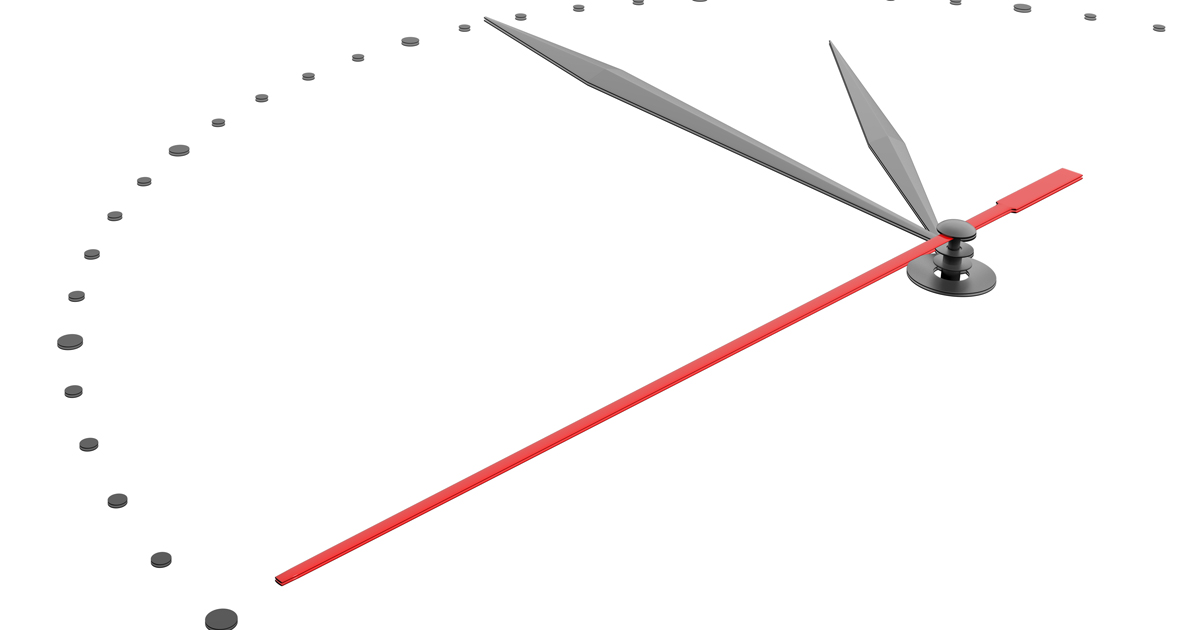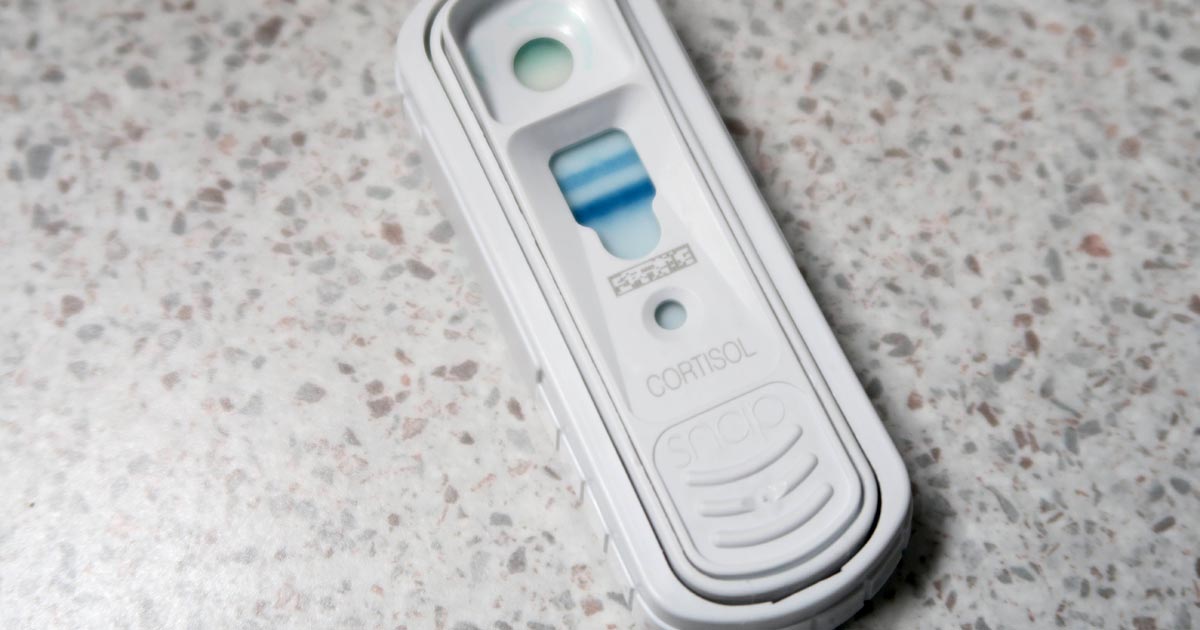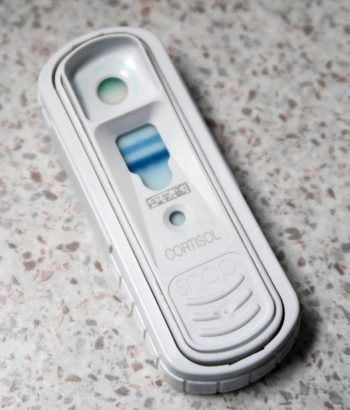Managing an Addisonian crisis can be daunting, especially when the patient looks like it is about to check out and its baseline bloods show a sodium of 110mmol/L, a potassium of 8mmol/L and a glucose of 2.3mmol/L. That is enough to make anyone’s brain explode.
The patient can be treated in many ways, but I find it useful to try to simplify and prioritise. I have outlined my thought process in the hope some of you will find it helpful.
First 10 minutes: protect heart and manage hypoglycaemia
- Protect the heart – calcium gluconate 10% 0.5mL/kg to 1.5mL/kg slow IV over 10 minutes to counter the effects of hyperkalaemia on cardiac electrical activity. This buys about 20 minutes of time.
- Treat the hypoglycaemia – the dose depends on the severity, but 0.5ml/kg of 50% dextrose IV diluted 50:50 with Hartmann’s is a good place to start. This dose of dextrose will also help correct hyperkalaemia by stimulating endogenous insulin release.
First 20 minutes: start addressing perfusion deficits
- Create a custom IV fluid – I do not aim to increase sodium concentration at all at this stage. I am a big fan of creating custom IV fluids. I create a fluid with a same sodium concentration as the patient then use boluses of this fluid to correct signs of shock without concerns of increasing the sodium. I use Hartmann’s as my base fluid – it has the lowest sodium concentration – and add 5% dextrose to reduce the sodium concentration (you may need to remove 100ml to 200ml from the bag first). I usually run the new fluid through the electrolyte machine to check the final sodium concentration.
- Hartmann’s contains buffers that help address metabolic acidosis (and hyperkalaemia). It also contains potassium; however, if this concentration is less than that of serum it will still help to dilute serum potassium.
- The formula I use to create a custom sodium IV fluid bag is beyond the scope of this blog and is detailed in the fluid therapy chapter of my book, The MiniVet Guide, under hyponatraemia.
First hour: address hyperkalaemia
-

The author warns not to rush the sodium increase in patients. Image © mintra / Adobe Stock If the hyperkalaemia is severe enough to warrant more aggressive management than alkalinising IV fluids, improving renal perfusion and providing a dextrose bolus (such as potassium of more than 7mmol/L to 8mmol/L) then I would use regular short acting insulin at 0.25U/kg to 0.5U/kg IV. This should always be used in combination with a bolus of dextrose at 2g of dextrose per unit of insulin or 4ml of 50% dextrose for each unit of insulin, followed by a CRI of 2.5% to 5% glucose until insulin wears off (this could be up to six hours). This should prevent hypoglycaemia.
- I administer dexamethasone up to 0.5mg/kg IV while running the adrenocorticotropic hormone (ACTH) stimulation test. This is the only corticosteroid that can be given as it does not cross react with the ACTH stimulation test.
Next 2 to 24 hours: correct hydration and correct hyponatraemia
- After I have corrected perfusion deficits with my custom IV fluid, I will address hydration deficits with an appropriate fluid plan over the next 24 hours. I usually replace 50% of the hydration deficit over the first 6 hours then the remaining 50% over the following 18 hours.
- Correction of hyponatraemia can take a couple days as sodium should only be increased by 0.5mmol/L/hr (max 12mmol/L/day). If the sodium has not increased from the initial fluids given, I would create another custom IV fluid bag with a sodium concentration 10mmol/L above that of the patient’s. I would monitor electrolytes every one to four hours, depending on response.
Supply mineralocorticoids and glucocorticoids
- Options for steroid supplementation include dexamethasone 0.5mg/kg IV then 0.1mg/kg IV q12hrs or IV hydrocortisone sodium succinate at 0.5mg/kg/hr. Personally I use hydrocortisone CRI, asit has equal mineralocorticoid and glucocorticoid activity. Oral steroids can be used once the patient starts eating and drinking.
- I only use a mineralocorticoid if I see no increase in sodium after starting hydrocortisone, despite using a fluid with a higher sodium concentration than the patient.
Addressing patients this way will generally gets them out of the crisis. One thing that I don’t do is rush the sodium increase, it can take time and I am good with that. I have seen patients develop neurological signs from sodium levels that have increased too quickly. As for the long term management; well, I will leave that to you.


